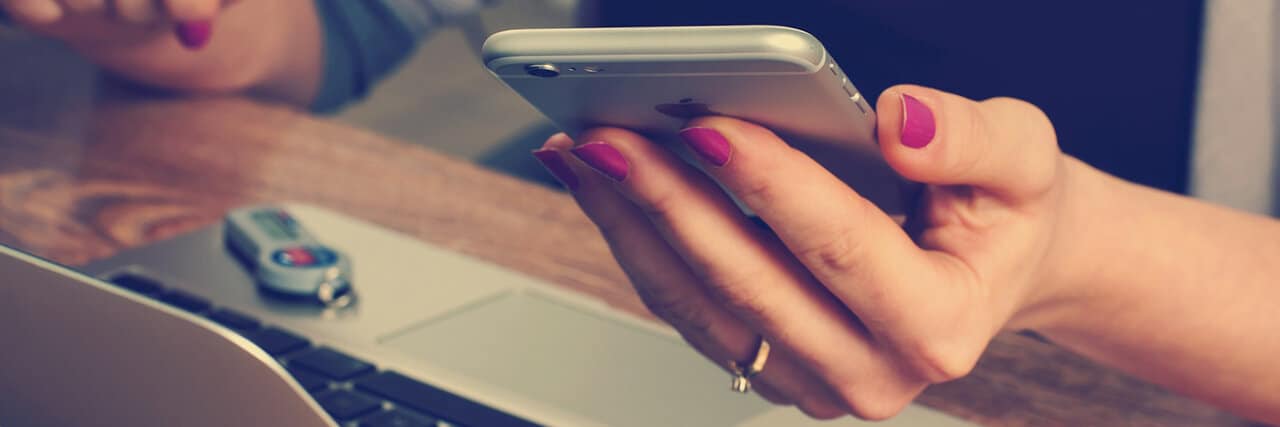Forskning och utveckling kategorier
ORU Talks: ”När vi är i en känsla av rörelseglädje, då är vi fullt närvarande i stunden”
Anna Duberg, forskare vid Örebro universitet och grundare för Dans och Hälsa, berättar i det senaste avsnittet av ORU Talks om den forskningsbaserade metoden Dans för Hälsa. Här står rörelseglädje, social gemenskap och kravlöshet i fokus.
